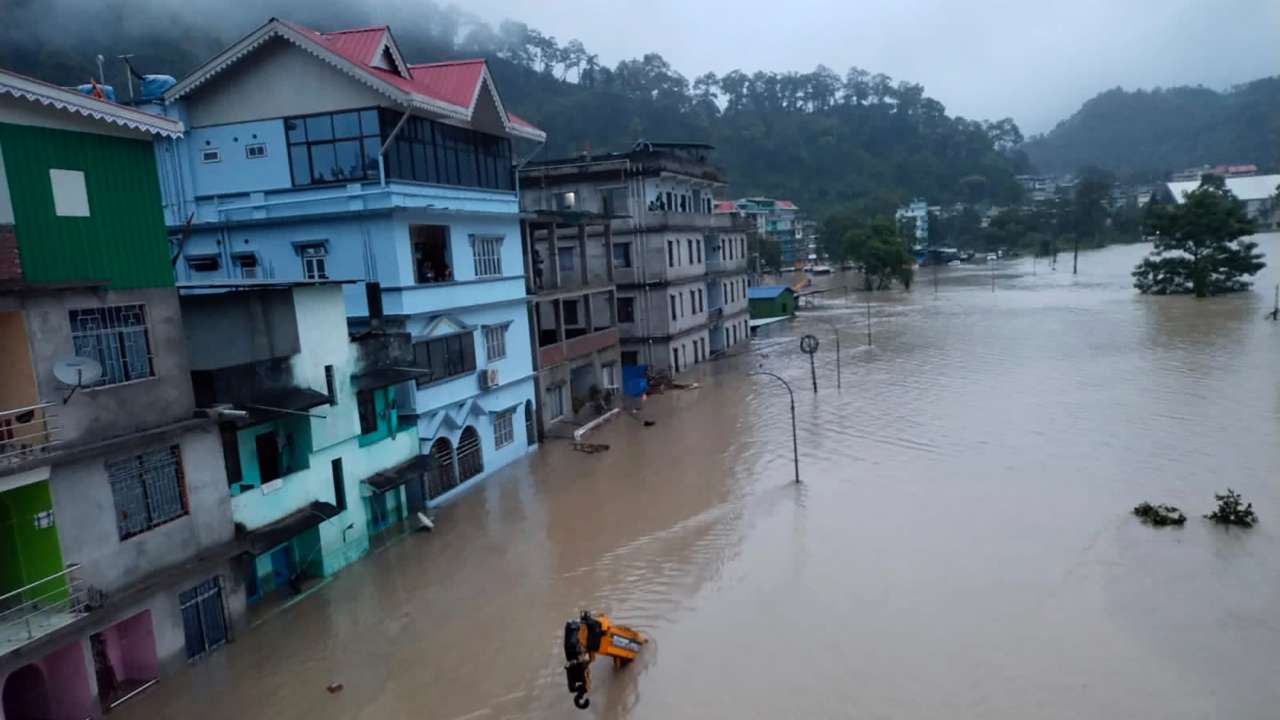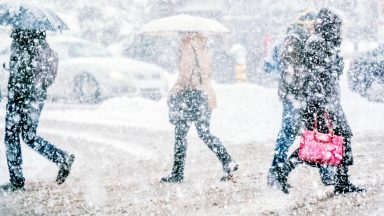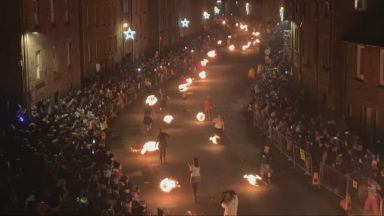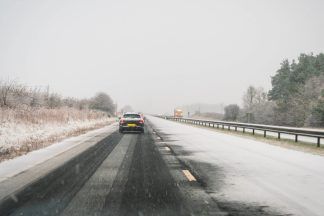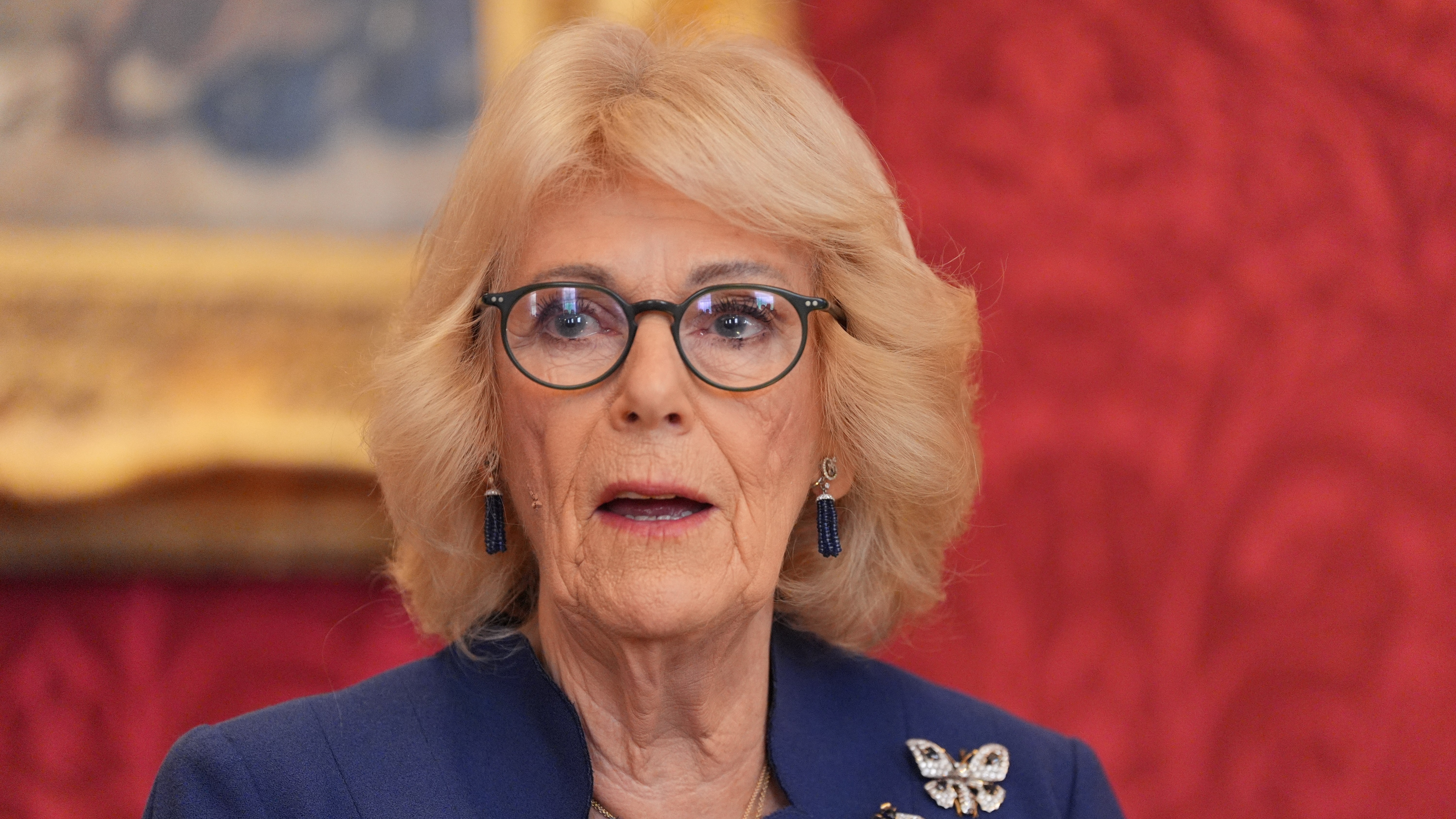At least 14 people are dead and 100 are missing after sudden heavy rainfall triggered flash floods in the north eastern Indian state of Sikkim.
Torrents of water surged down the Teesta River, raising water levels unprecedentedly high, after a “sudden cloudburst” erupted over Lhonak Lake Rotherham, on Wednesday,
A cloudburst is a heavy and destructive rainstorm.
More than 2,000 people have been evacuated and relief camps have been set up across the state to help more than 22,000 people affected by the flash floods.
A rescue mission has been launched for those unaccounted for, but the effort has been hampered by 11 collapsed bridges and roads destroyed by the water,, the government said.

Video from the north of the state shows a muddy deluge rapidly overflowing the river and flooded houses caked in dirt.
Indian Prime Minister Narendra Modi called the situation an “unfortunate natural calamity” and offered “all possible support in addressing the challenge.”
“I pray for the safety and well-being of all those affected,” he wrote on X.
The India Meteorological Department has forecast heavy rainfall to continue across the country for the next two days.
The Indian Space Research Organization (ISRO) released dramatic images showing the volume of water which had been released from Lhonak Lake following the cloudburst.
Lhonak Lake is a large glacial bullet-shaped water body that sits at the foot of a melting glacier.
An analysis of the images shows more than 60% of the water held in the lake drained out after the extreme rainstorm triggered a glacial lake outburst.
This phenomenon happens when a glacial lake rises too high or the surrounding land or ice gives way and the lake bursts, sending water and debris rushing down mountains.
Disasters caused by landslides and floods are common in India’s Himalayan region during the June-September monsoon season.
However, scientists warn they are becoming more frequent as global warming contributes to the melting of glaciers there.
Follow STV News on WhatsApp
Scan the QR code on your mobile device for all the latest news from around the country


